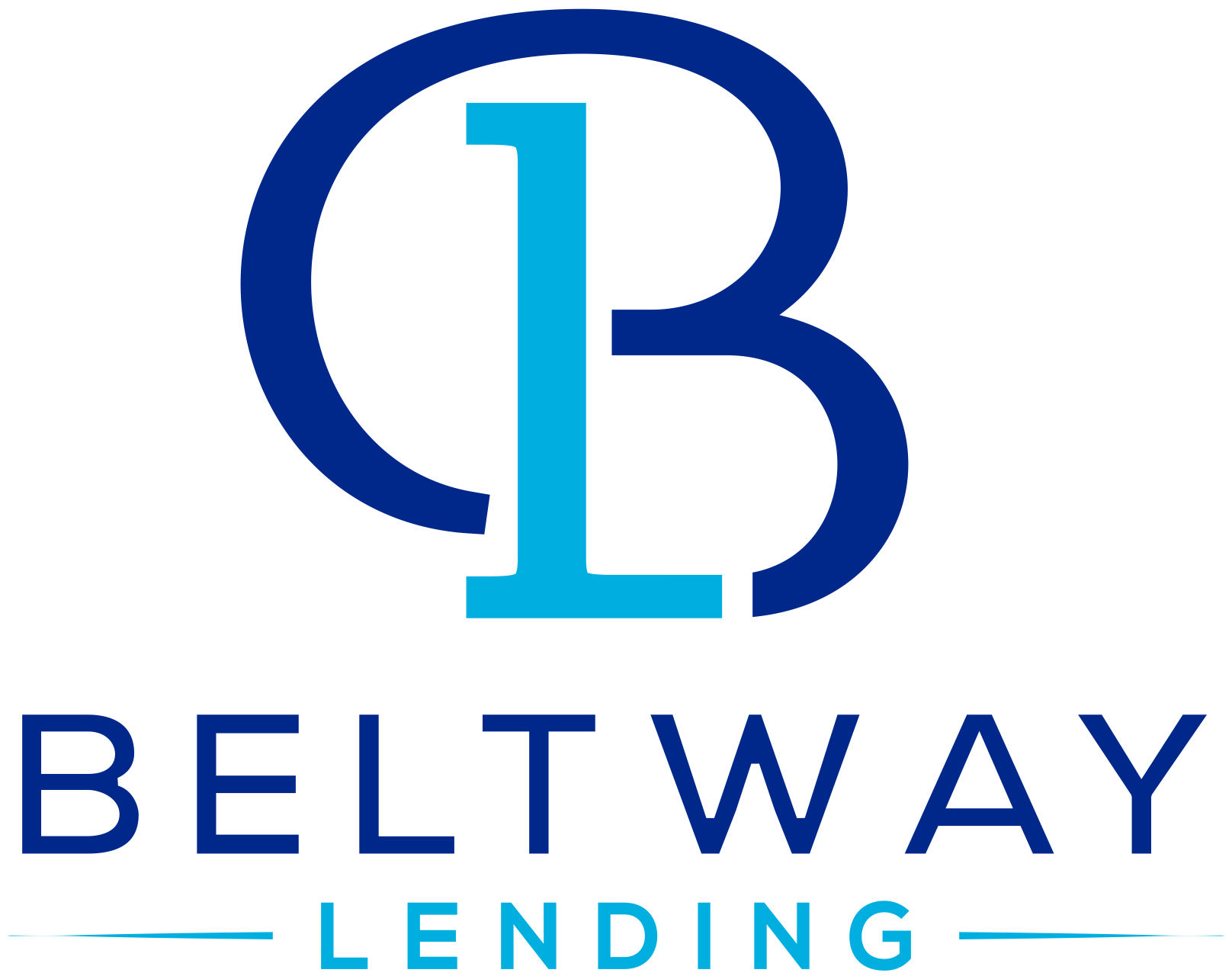The Potential of DSCR Loans for Residential Investment Lending
In the world of residential investment lending, understanding various financial products is crucial to making informed decisions. One key strategy that has recently gained traction is through the use of Debt Service Coverage Ratio (DSCR) loans. Originally used predominantly in commercial real estate, this ratio is now being employed in residential property investment, focusing primarily on the cash flow potential of the home. These loans make investor’s lives much easier as they qualify off of the property’s rental income versus the borrower’s income.
What is DSCR
DSCR stands for “Debt Service Coverage Ratio”. It is a financial ratio that measures an investment property’s ability to cover its debt obligations with its net operating income. Essentially, it helps to assess the cash flow potential of a property, determining whether the income it generates is sufficient to service the property’s debt. It is calculated by dividing the property’s net operating income by its total debt service.
These loans will have long-term fixed interest rates, avoiding hard money rates and terms.
More Clearly, as long as the rent covers the mortgage and any HOA fees, we’re good to go!
How do they work?
When it comes to DSCR loans for residential investment lending, lenders use this ratio to assess the risk associated with the loan. Traditional lending practices primarily focus on the borrower’s creditworthiness and income. However, DSCR loans shift the spotlight onto the property itself, particularly its income-producing potential.
Why is this significant? Well, this approach allows investors with lower personal income, but who own or wish to invest in high-performing properties, to secure financing. It can be particularly beneficial for investors who rely on rental income, as the emphasis is on the property’s ability to generate income to service the loan, not the borrower’s personal finances.
The major benefit: No tax returns or W2 income to qualify for a loan!
DSCR residential loans also benefit lenders
In the realm of residential investment lending, DSCR loans can also assist lenders in mitigating risk. A high DSCR indicates that a property generates enough income to comfortably cover its debt obligations, offering a safety net in the event of unexpected circumstances. Therefore, lenders often prefer properties with a DSCR above 1, as this signifies that the property’s income exceeds its debt service.
The wider potential of these loans
Furthermore, DSCR loans can help fuel growth in the residential property investment market. With this loan type, more borrowers can access financing, thus potentially stimulating market activity.
Moreover, DSCR loans might lead to better portfolio diversification for investors. For instance, an investor with several properties, each with a good DSCR, can balance their risk across these assets rather than relying on their personal income or credit.
Since these loans focus primarily on the property factors like market fluctuations, changes in rental demand, and unexpected maintenance costs do need to be adequately considered.
What is the procedure for obtaining a DSCR loan?
A licensed appraiser performs a standard residential appraisal report, along with a supplemental report called a Market Rental Analysis. This determines the average market rent for similar homes in the surrounding area. This number is then compared to the full monthly payment on the new loan. Residential investment lending of this type is thus based on the cashflow potential of the home.
In conclusion, DSCR loans for residential investment lending offer a unique, cashflow-centric approach to financing. They place emphasis on the property’s income-generating capabilities, offering investors the chance to secure funding despite personal financial circumstances. With careful planning and informed decision-making, DSCR loans can be an effective method of residential investment lending, benefiting all parties.

